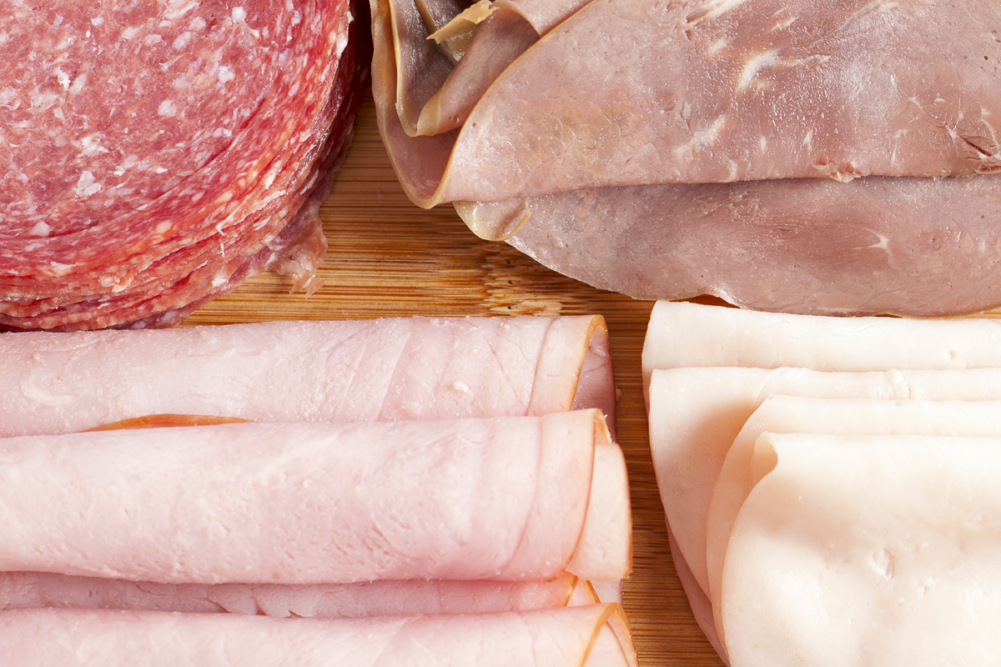We all understand that ready-to-eat (RTE) environments present unique food safety challenges and heightened food safety regulations—and for good reason: There is a higher threshold of food safety for RTE products than raw products because consumers don't have to cook them to help ensure food safety. Moreover, food safety managers and plant leaders know that the staying ahead of biofilm is vital to protecting against listeria risks. Yet many RTE production facilities remain stuck in a reactive cycle, finding themselves battling biofilm from behind, despite seeming to follow GMPs on the surface. But we’re seeing new practices emerge that redefine standard for proactively mitigating biofilm and the listeria harbored within.
It's easy to overlook the less-visible risks
RTE facilities by and large do a great job on control panels, HMI, and hygiene zone control. Biofilm in these areas presents very immediate risks. Moreover, these areas are extremely visible, and it’s much easier to judge their cleanliness with an intuitive glance. By contract, areas like floors, drains, and air movement equipment present much less-visible risks that are much easier to overlook and underprioritize.
In fact, these areas are often the first corners cut when staffing gets short and budgets get tight. It’s also much harder to judge cleanliness: Drains will rarely look “clean,” and floors very quickly look “dirty.”
But these less-visible surfaces are also among the highest-risk areas for biofilm and listeria. Listeria thrives most in wet, dark places, making drains, pipes, degraded flooring and trunk lines especially susceptible to the bacteria. If left untreated, the problem quickly becomes firmly entrenched, and can easily spread through water, traffic contact, and even become airborne. That’s why it’s so critical that plants implement protocols and products that support a more proactive and continuous approach to battling biofilm.
Installing quat socks and quat rings
Here’s a common cycle we see with floors, drains, and air movement units: Staff attempt to clean these surfaces with their normal menu of chemicals. But if not done properly, thoroughly, and consistently, biofilm begins to gain traction. Those normal chemicals can’t penetrate biofilms.
A typical solution is to hit these areas with an alkaline foam cleaner. To help get the product into the tight spaces around drains, for example, staff often use high-pressure spray. This can ultimately force the pathogens airborne and dramatically worsen the situation.
When a biofilm problem gets bad enough, plants eventually bring in focused quat chemistries. But more and more, we’re seeing RTE plant leaders asking, “Why aren’t we just using these focused quat chemistries to beat back biofilm on a consistent, routine basis?” More and more RTE plants are using quat socks in air management units and installing quat rings in drains to achieve a more reliable level of biofilm protection.
Using focused quat products for everyday cleaning
Similar to cycle mentioned above, most RTE plants have an intensive cleaning protocol at the ready that typically uses a product similar to Ecolab’s Boost™ product line—a no-phosphate, two-part perquat solution that combines a disinfectant and an adjuvant. But plants generally only turn to these as part of an intensive or deep-clean protocol after a biofilm problem is identified.
To get ahead of the biofilm problem, RTE plants are starting to use these biofilm-beating products as a final sanitizer on a weekly, or even nightly basis. Some Ecolab customers are now using Boost foams and powders on floors as part of their routine traffic management program.
Double- or triple-layered sanitizers
For final sanitizing steps in standard cleaning protocols, RTE plants have historically liked using quats. They foam well and get into the nooks and crannies of processing equipment. But these products are typically used at a no-rinse level, so the plant doesn’t have to do an additional rinse step before product contact.
Today, we’re seeing a two- or three-step approach to sanitizing becoming more common in RTE environments. For example, a lot of our customers are using our Synergex™ product at the disinfectant level, to get the biofilm claim, as a first sanitizing step. They then rinse that off and do a second sanitize step at the no-rinse level.
Some plants are taking a pH-focused approach to this layered sanitizing strategy. They start with a disinfectant-level product with a low pH. Then, they rinse that off and do a second step with a rinse-level sanitizer at a higher pH. Some even add a third step with another pH.
Added protection is worth the cost
There’s no question that these emerging practices add time and chemistry cost. But it’s clear that more and more RTE plants are judging that the added protection and assurance are worth the additional time, cost and effort.
Plants that have been through a biofilm problem—they know the value of going the extra mile to avoid living through that nightmare again. If you wait until you start getting listeria hits on your EMP, you’ve likely already got an ingrained biofilm problem. You want to act before a problem requires fumigation to resolve. Moreover, the many costs of a biofilm and/or listeria incident are only growing: there’s the cost of downtime and lost production; the cost of reputational damage from recall or food safety incident; and sometimes these incidents even cost people their jobs.
Reframing high-assurance food safety as part of the product
With the inherent risks of biofilm and listeria not going away—and the potential costs only growing—more RTE plants are choosing to take a more proactive, high-assurance approach. They’re reframing the kinds of “extra-mile” food safety protocols discussed above as simply part of their value-added RTE product: adding the value of complete confidence in food safety and quality.




